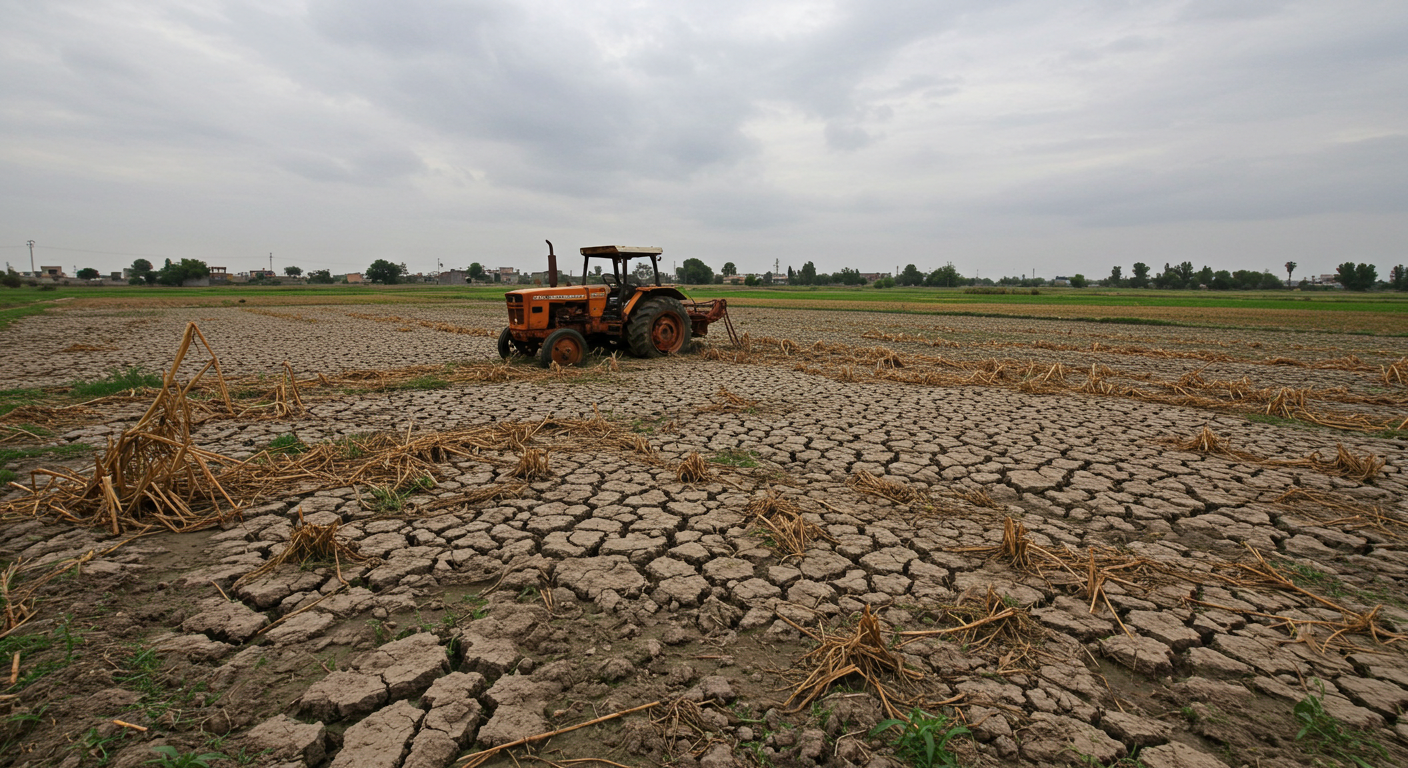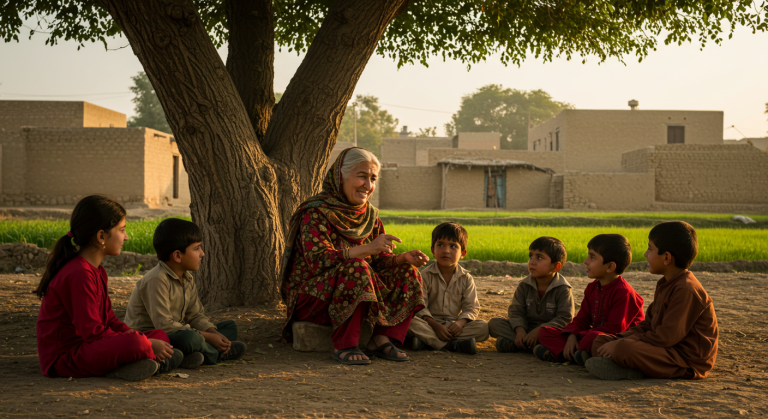Fifteen Years On: Muzaffargarh’s Farmlands Still Unfit for Crops After Devastating 2010 Flood

Muzaffargarh – July 16, 2025:
It has been 15 years since the devastating floods of 2010 hit Pakistan, but many areas of Muzaffargarh are still suffering the long-term effects. In some villages, farmland has become completely barren, and local farmers say they are no longer able to grow crops.
The once-fertile lands have turned into dry patches or salty soil, where wheat, cotton, and sugarcane no longer grow. The flood not only destroyed homes and roads but also deeply damaged the land that supported thousands of families.
What Happened in 2010?
The summer of 2010 brought one of the most destructive floods Pakistan had ever seen. The Indus River overflowed due to heavy monsoon rains, affecting more than 20 million people across the country. Muzaffargarh, located in southern Punjab, was among the hardest-hit districts.
Thousands of acres of farmland were underwater for weeks. The floodwater carried sand, chemicals, and salt, which settled into the soil. When the water finally drained, it left behind damaged earth that could no longer support crops.
No Crops, No Income
Farmers in the affected villages are still facing poverty and hunger. Many have tried again and again to grow their usual crops, but the soil does not respond. Seeds fail to sprout, and even if they do, the crops die early due to poor soil quality.
“I have not been able to grow a single healthy crop since the flood,” said Ghulam Rasool, a 55-year-old farmer from Basti Noorwala. “My land is gone, my earnings vanished, and so did my dreams.”
People who once earned a living through farming are now forced to work as laborers in nearby cities. Some have even left their villages permanently due to lack of work and food.
No Government Help
Villagers say the government made little effort to revive the damaged farmland. Although some aid was given in the form of tents and food in 2010, long-term solutions like soil treatment, land leveling, or water management systems were never provided.
“After the flood, officials came and promised help, but nothing happened after a few months,” said a village elder. “Now no one even visits us.”
Experts say that proper investment and soil rehabilitation programs could bring the land back to life. However, these require funds, expert planning, and long-term commitment—none of which have reached the area so far.
Climate Change Making Things Worse
Environmental scientists warn that climate change is increasing the frequency and impact of extreme weather like floods. If nothing is done to improve soil and water systems in flood-affected areas, more farmlands in Pakistan could become unproductive in the future.
Conclusion
The case of Muzaffargarh is a sad reminder of how disasters can have long-lasting effects. While the floodwaters have long gone, the damage to the farmer’s land and the lives of farmers still remains. Without real help and planning, thousands of families will continue to suffer in silence.



